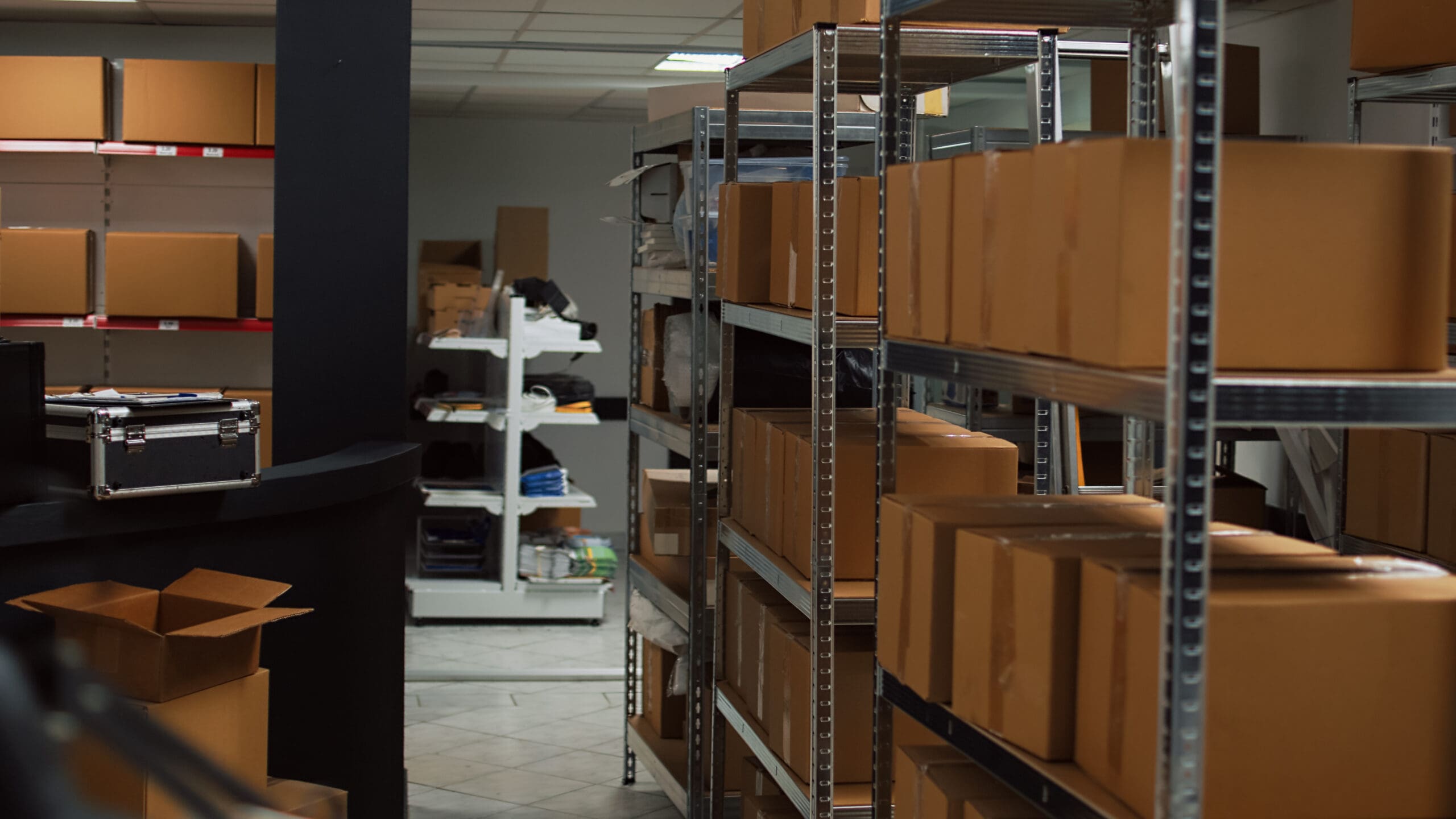In running a growing business, one of the most common issues businesses can face is inconsistent or poor cash flow. Simply put, cash flow is the amount of cash (or cash equivalent) transferring in and out of a business during a time period. There is a difference between cash flow challenges and recurring negative balance, which often indicates a more substantial business issue.
Cash flow challenges can be caused by seasonality, when your business or products sell heavily during one season, or, for many CPG companies, can occur when making inventory purchases that can leave bank accounts thinner until cash from new inventory is realized. To avoid this cash pinch when ordering inventory, many companies simply shrink their order size. Yes, this does avoid the cash flow pinch, but what does it do to a company’s growth when they know they could sell more than they’re ordering?
Understanding that this dilemma strikes at the ability of young companies to grow, there are steps companies in high-growth mode can take to seize growth opportunities without abandoning financial health. For CPG brands whose largest cost is inventory, inventory financing can resolve the cash flow dilemma without sacrificing either growth or company finances.
What is inventory financing?
Inventory financing is a relatively straightforward funding option tailored to product businesses to acquire inventory for later sale. The funded products serve as collateral against the funding. This model often allows smaller or younger companies to access larger financing available to enterprise clients by traditional lenders and is a strong option for quickly growing companies with increasingly larger and more frequent manufacturing runs.
How does inventory financing work?
Inventory financing can come in the form of a short-term loan or a line of credit that businesses can use to purchase inventory. Lenders will often consider the type of inventory and sales data to establish specifics of the loan.
Who can use inventory financing?
Inventory financing is a popular option for retail stores, wholesalers, distributors, and manufacturing companies. To secure an inventory loan, a business must often meet the following criteria:
- Must be at least one year in business or meet a revenue threshold
- Must be a product-based business with a reliable inventory management system
- Must be able to provide detailed and accurate financial statements
- Must be able to certify that the business is profitable
- Must be able to provide credit history and scores
What are the documents required for inventory financing?
After gauging whether inventory financing would be an option for your business, the next logical step is to prepare the documents required to apply.. Keep in mind that requirements may vary from one provider to another.
- Business plan
- Personal and business credit history and scores
- Personal and business tax returns
- Relevant personal and business financial documents (balance sheet, profit and loss statement, sales forecast, cash flow statements, among others)
- Inventory list and estimated value
- The appraised value of the inventory
How to prepare for an inventory loan?
Applying for an inventory loan can be simpler and quicker as opposed to other types of traditional loans. However, that does not mean it’s easier to acquire. If you think that inventory financing is right for your business, here is a step-by-step guide to help you prepare for an inventory financing loan application.
Step 1: Compile relevant financial documents
When reviewing a loan application, financial institutions need an overview of your business operations to decide for themselves whether or not you will be able to pay back a loan. Some of the standard financial documents you would need to bring are personal and business bank statements, tax returns, credit history and scores, and a list reporting the estimated value of your inventory.
Step 2: Prove efficient inventory management
It should come as no surprise that you should have a well-organized inventory management system in place when applying for an inventory business loan. Proper inventory management will make it easier for your lender to have an overview of your inventory. It will also give your lender an idea about your inventory’s turnover rate, how much profit you are expecting, and the products you are unable to sell.
Step 3: Establish your credibility
Inventory financing typically requires a more thorough due diligence process compared to other business loans as lenders need to make sure that your inventory is a valuable asset. During the assessment period, a third-party will be tasked to appraise your inventory and audit your inventory management system. The initial costs of this process vary based on the products in your inventory and the size of your facility.
Step 4: Review loan offers and wait for final approval
Once your application is complete, the lender(s) will provide you with a loan offer specifying the loan’s amount, interest rates, and payment terms. After reviewing and signing an offer, you then wait on confirmation from the lender.
What are the benefits of inventory financing?
As with any important business decision, a business owner should be able to carefully weigh the potential benefits and drawbacks of inventory financing. Let’s take a look at some of the advantages of inventory financing.
- Resolves a business’ cash flow challenges
- Increases potential for a higher profit
- Expands product lines
- Get ahead of potential inventory issues
What are the drawbacks of inventory financing?
Like other types of financing, inventory financing has drawbacks too. Here are some of the disadvantages of inventory financing.
- Potentially more setup costs because of a more thorough due diligence process
- Can be difficult to qualify for
- Higher loan minimums
What are the costs associated with inventory financing?
Like other forms of funding, inventory loans also come with fees. Remember, these are some fees you’ll find and not all lenders feature each or any of these fees.
- Appraisal fees – Also known as an inspection fee, an appraisal fee is a payment for an independent appraiser that is tasked to assess the value of your inventory.
- Prepayment penalty – A prepayment penalty is a fee charged by a financial institution if you pay your loan early.
- Origination fees – An upfront fee charged by a lender to process a loan application.
- Late fees – A charge that borrowers pay when they fail to make a payment on time.
Is inventory financing right for my business?
As the business owner, you know best. If any of the cash flow challenges or seasonality mentioned above affect your business, inventory funding may be a worthwhile exploration. It is important to understand that due to the nature of inventory loans in the event that you become unable to pay your loan, your inventory may be seized by your lender.
What inventory type makes good collateral?
There’s no single best inventory type that makes better collateral than others. Ultimately it’s the lender that will establish the value of your inventory to determine the loan amount based on the appraised value of your inventory.
Which lenders offer inventory financing?
As a small business, there are a variety of loans to choose from when it comes to financing. Whether you need an inventory financing loan or some other form of business loan, there are a number of tools available to help you get the funding you need. If you sell a physical product with sales over $150,000, Kickfurther may be able to combine the best aspects of inventory financing with many of the flexibilities and benefits that modern, alternative financing offers.?
Brands use Kickfurther to fund $20,000 – $1,000,000 in inventory on a custom payment timeline based on expected sales cycles. With Kickfurther, you can unlock volume-ordering discounts that help cover funding costs and can prevent stockouts from costing your business sales.









